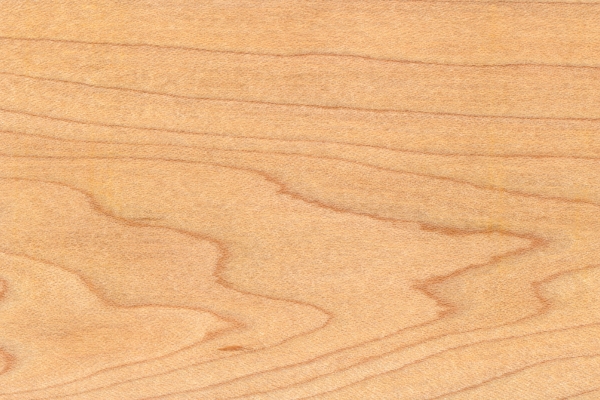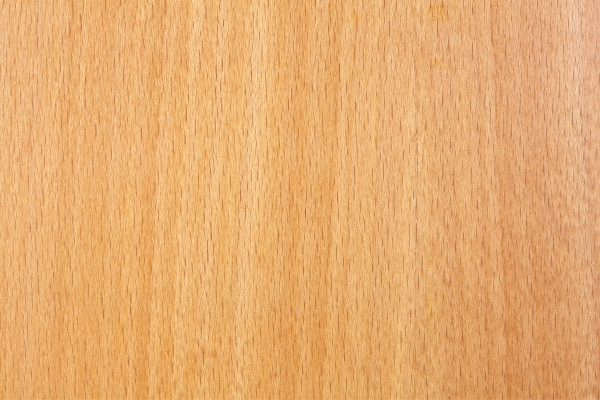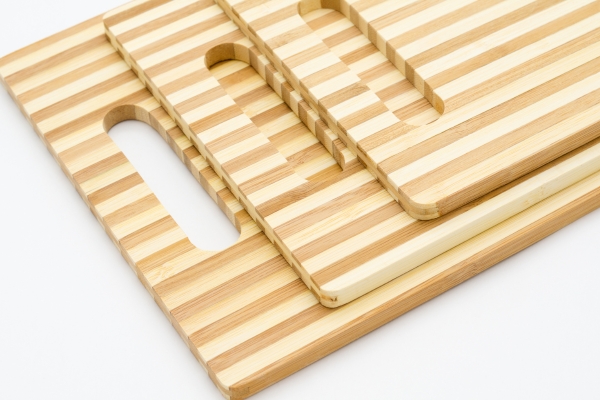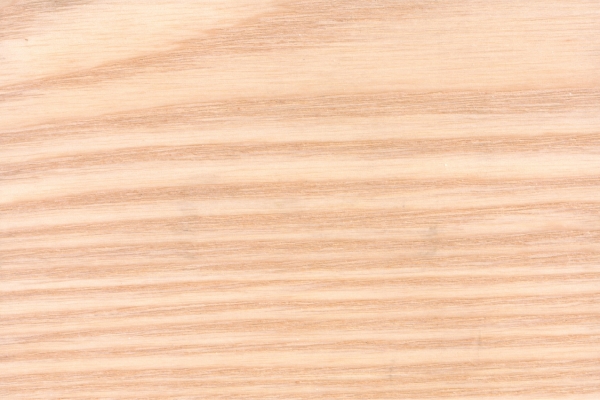When it comes to choosing the best material for cutting boards, the type of wood you select plays a crucial role in both functionality and durability. “What wood is best for cutting boards” is a common question among home cooks and professional chefs alike, seeking a balance between aesthetics, longevity, and safety. Different woods offer unique benefits, from the hardness that resists knife marks to the natural antibacterial properties that promote kitchen hygiene. Understanding the characteristics of various woods can help you make an informed decision that will enhance your culinary experience and ensure your cutting board remains a reliable kitchen companion for years to come.
What Wood Is Best For Cutting Boards?
When it comes to selecting the ideal material for your cutting board, understanding “What wood is best for cutting boards” is essential. Different woods offer varying benefits, making some types more suitable for cut boards than others. The best type of wood for a cutting board typically combines durability, knife-friendliness, and food safety.
What Is The Best Type Of Wood For A Cutting Board?
The best type of wood for a cutting board is usually one that is hard enough to withstand daily use but not so hard that it dulls your knives. Woods with tight grain patterns are preferred because they are less porous, meaning they absorb fewer liquids and are more resistant to bacteria. This makes them both safe and long-lasting.
Can I Use Any Hardwood For A Cutting Board?
While it might be tempting to use any hardwood for a cutting board, not all hardwoods are created equal. Some hardwoods, like oak, have large pores that can harbor bacteria, making them less ideal for kitchen use. Instead, woods like maple, walnut, cherry, and teak are recommended because they provide the right balance of hardness and safety.
Best Wood
1. Maple

Maple is often considered the gold standard for cut boards. Its fine, dense grain makes it exceptionally durable and resistant to cuts and scratches. Maple is also less likely to harbor bacteria due to its tight grain, making it a sanitary option for kitchen use.
2. Walnut

Walnut cut boards are not only functional but also visually appealing. It is slightly softer than maple, which is gentler on your knives while still offering durability. Its rich, dark color adds a touch of elegance to any kitchen.
3. Cherry

Cherry wood is another excellent choice for cut boards. It has a fine grain and a smooth surface that’s easy on knives. Over time, cherry develops a beautiful patina, adding to its aesthetic appeal. It’s also a durable option, making it suitable for frequent use.
4. Teak
Teak is prized for its exceptional resistance to moisture and bacteria, thanks to its natural oils. This makes teak cut boards highly durable and easy to maintain. Additionally, teak’s distinctive grain patterns and color variations make it a stylish addition to any kitchen.
5. Beech

Beech is a highly durable wood with a tight grain, making it an excellent choice for cut boards. Its light color and uniform texture provide a clean and classic look. Beech wood is hard enough to resist knife marks but not so hard that it damages your blades, ensuring a balanced performance.
6. Bamboo

Bamboo is technically a grass, but it has become a popular material for cut boards due to its sustainability and durability. It is harder than many traditional hardwoods, making it resistant to scratches and cuts. Its rapid growth rate and eco-friendly nature make it an attractive option for environmentally conscious consumers.
7. Acacia
Acacia wood is known for its rich, dark hues and distinctive grain patterns. It’s a durable and water-resistant wood, making it ideal for cut boards. Acacia’s hardness provides excellent longevity while still being gentle on knives. Its aesthetic appeal and robustness make it a favored choice in many kitchens.
8. Ash

Ash wood, with its light color and pronounced grain, offers both durability and beauty. It is a tough wood that can withstand heavy use, yet its smooth surface is easy on knives. Ash cutting boards are both functional and visually pleasing, making them a versatile addition to any kitchen.
Is Bamboo A Good Material For Cutting Boards?
Bamboo is indeed a good material for cut boards, particularly due to its sustainability and durability. Being harder than many hardwoods, bamboo cut boards are resistant to knife marks and scratches, which prolongs their lifespan. Additionally, bamboo has natural antibacterial properties, making it a hygienic option for food preparation. Its rapid growth rate also makes it an eco-friendly choice, appealing to those who are environmentally conscious.
Conclusion
Choosing the right wood for your Hang A Cutting Board is crucial for maintaining a functional and hygienic kitchen tool. While many types of wood can be used, woods like maple, walnut, cherry, teak, beech, bamboo, acacia, and ash stand out for their durability, resistance to bacteria, and knife-friendliness. Understanding “What wood is best for cutting boards” helps you make an informed decision, ensuring your cutting board remains a reliable and attractive part of your kitchen for years to come.
